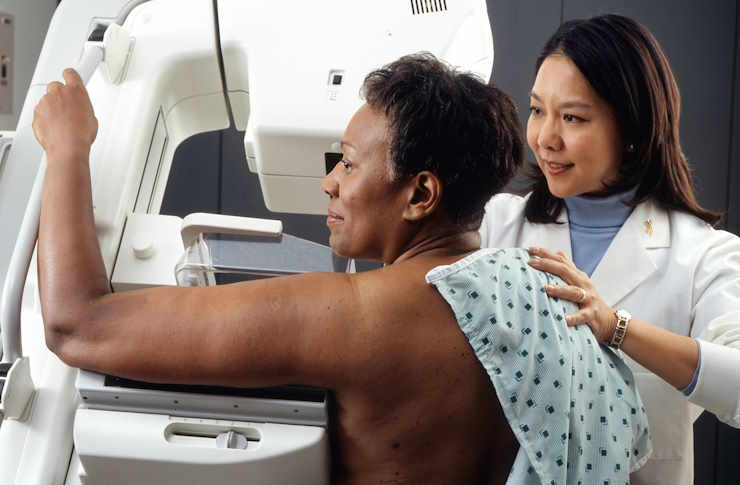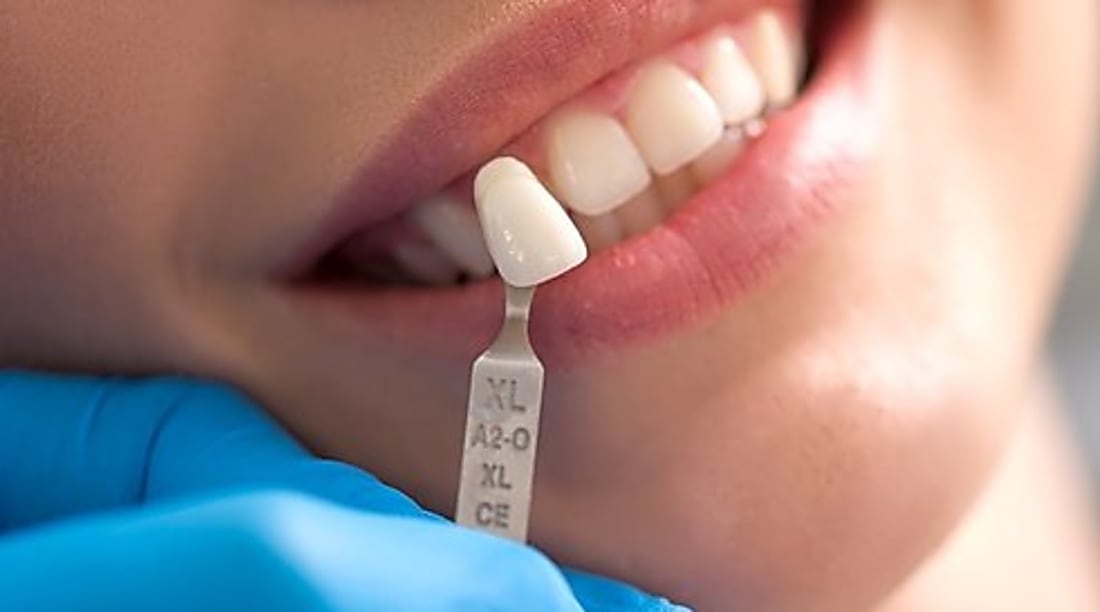How To Recognize Key Symptoms Of Triple-Negative Breast Cancer
Triple-negative breast cancer (TNBC) is a distinct and aggressive form of breast cancer characterized by the absence of three common receptors: estrogen, progesterone, and HER2. This unique profile makes early detection particularly crucial, as TNBC often grows faster and responds differently to standard treatments than other breast cancer types. Understanding the warning signs and symptoms can significantly improve outcomes through prompt medical intervention.

Triple-negative breast cancer (TNBC) accounts for approximately 10-15% of all breast cancers and tends to be more aggressive than other types. Unlike other breast cancers that express hormone receptors or HER2 protein, TNBC lacks these three receptors, limiting targeted treatment options. Early detection becomes particularly important for improving outcomes. This comprehensive guide will help you understand the key symptoms, risk factors, diagnostic procedures, and treatment approaches for TNBC.
Common Signs and Physical Symptoms of TNBC
The physical manifestations of triple-negative breast cancer often resemble those of other breast cancer types, though they may develop more rapidly due to TNBC’s aggressive nature. The most common physical sign is a new lump or mass in the breast tissue. TNBC tumors frequently feel hard, irregularly shaped, and painless, though some women may experience tenderness or discomfort. Unlike some slower-growing breast cancers, TNBC lumps may appear suddenly and grow quickly, sometimes noticeably changing in size over weeks rather than months.
Other physical symptoms include skin changes over the breast, such as dimpling (resembling an orange peel texture), redness, or thickening. Some patients notice nipple abnormalities, including inversion (nipple turning inward), discharge, or scaling of the nipple skin. Breast asymmetry or visible changes in breast size or shape can also indicate potential TNBC development. Because these symptoms can progress rapidly with TNBC, any new breast changes warrant prompt medical evaluation.
Early Indicators That May Signal TNBC
Some subtle early indicators might appear before more obvious physical symptoms develop. Persistent breast pain that doesn’t correlate with the menstrual cycle can be an early warning sign, though it’s important to note that many breast cancers, including TNBC, are painless in early stages. Unusual sensations such as heaviness, warmth, or a feeling of fullness in one breast might also occur before a lump becomes palpable.
Lymph node changes represent another important early indicator. Swollen lymph nodes in the armpit (axillary nodes) or above the collarbone may signal that cancer cells have spread beyond the breast tissue. These swollen nodes usually feel firm, fixed in place, and may be painless. Some women report vague systemic symptoms like unexplained fatigue or unintentional weight loss, though these are less common as initial presentations. Since TNBC tends to grow rapidly, paying attention to even subtle changes and seeking prompt evaluation improves the chances of early diagnosis.
Understanding Risk Factors and Prevention
While the exact causes of TNBC remain unclear, several risk factors have been identified. Age plays a significant role, with TNBC being more common in women under 40 compared to other breast cancer types. African American and Hispanic women face higher TNBC risk than other ethnic groups. Genetic factors also contribute substantially—approximately 10-20% of triple-negative cases are associated with BRCA1 gene mutations, particularly in younger patients.
Other risk factors include having dense breast tissue, which can both increase cancer risk and make detection more challenging on mammograms. A family history of breast cancer, especially TNBC or BRCA-associated cancers, elevates risk. While prevention isn’t always possible, certain lifestyle modifications may help reduce risk. Maintaining a healthy weight, regular physical activity, limiting alcohol consumption, and breastfeeding (for women who have children) have shown some protective effects against breast cancer generally, including TNBC.
Diagnostic Procedures and Testing
When symptoms suggest possible TNBC, healthcare providers employ several diagnostic approaches. The evaluation typically begins with a clinical breast examination, followed by imaging studies. Mammography remains the standard initial imaging tool, though it may be less effective at detecting TNBC in women with dense breast tissue. Ultrasound often complements mammography, helping distinguish between solid tumors and fluid-filled cysts.
For younger women or those with dense breasts, MRI may provide more detailed images. Once imaging identifies a suspicious area, tissue sampling becomes necessary for definitive diagnosis. This typically involves a biopsy, where a small tissue sample is removed using a needle or surgical procedure. The tissue undergoes pathological examination and specialized testing to determine if cancer is present and identify its specific characteristics. For TNBC diagnosis, immunohistochemistry tests confirm the absence of estrogen receptors, progesterone receptors, and HER2 protein—the defining feature of triple-negative disease.
Treatment Options and Approaches
Treatment planning for TNBC requires a multidisciplinary approach. Surgery remains a primary treatment, with options including breast-conserving surgery (lumpectomy) or mastectomy, depending on tumor size, location, and patient preference. Lymph node evaluation is typically performed during surgery to determine if cancer has spread beyond the breast.
Chemotherapy plays a particularly crucial role in TNBC treatment, often administered before surgery (neoadjuvant) to shrink tumors and after surgery (adjuvant) to eliminate remaining cancer cells. Common chemotherapy regimens include anthracycline and taxane-based combinations. Unlike other breast cancer types, TNBC doesn’t respond to hormone therapy or HER2-targeted treatments because it lacks the necessary receptors.
Radiation therapy is frequently recommended after breast-conserving surgery and sometimes after mastectomy, depending on risk factors. Newer treatment approaches include PARP inhibitors for patients with BRCA mutations and immunotherapy for certain TNBC subtypes. Clinical trials exploring novel treatments offer additional options for patients with advanced or recurrent disease.
This article is for informational purposes only and should not be considered medical advice. Please consult a qualified healthcare professional for personalized guidance and treatment.




